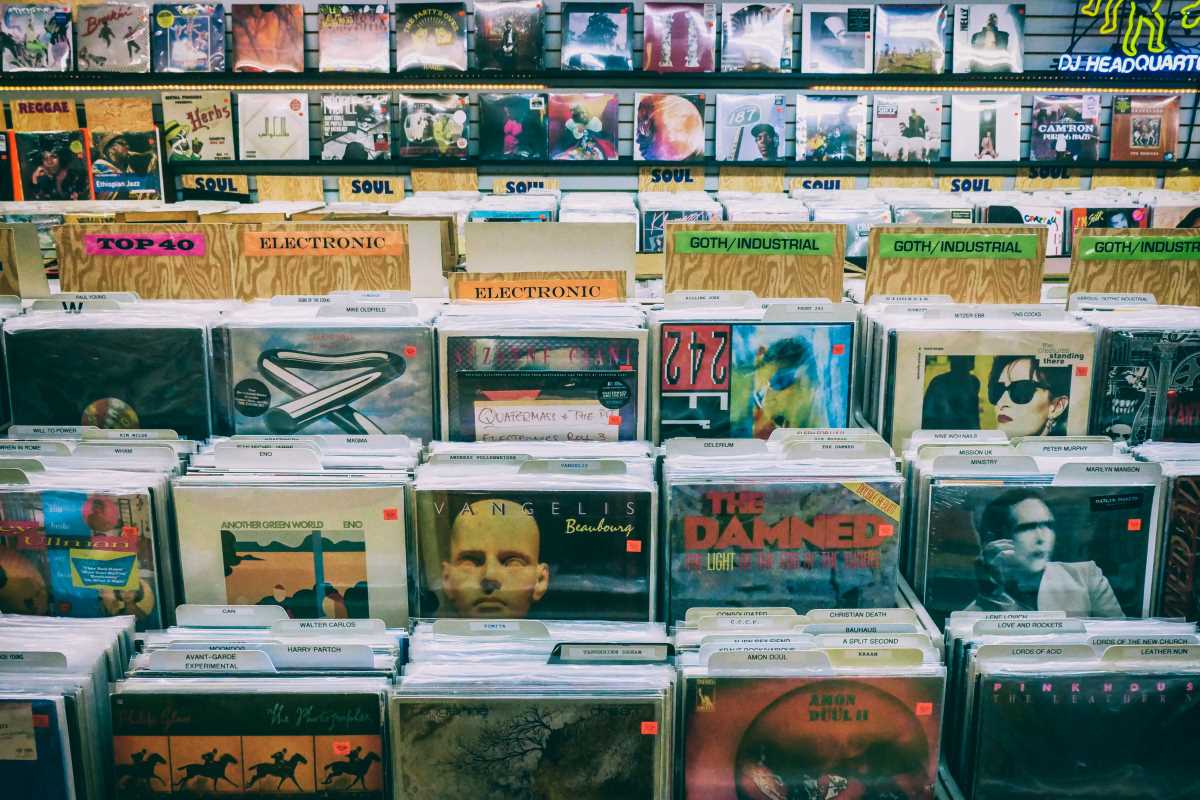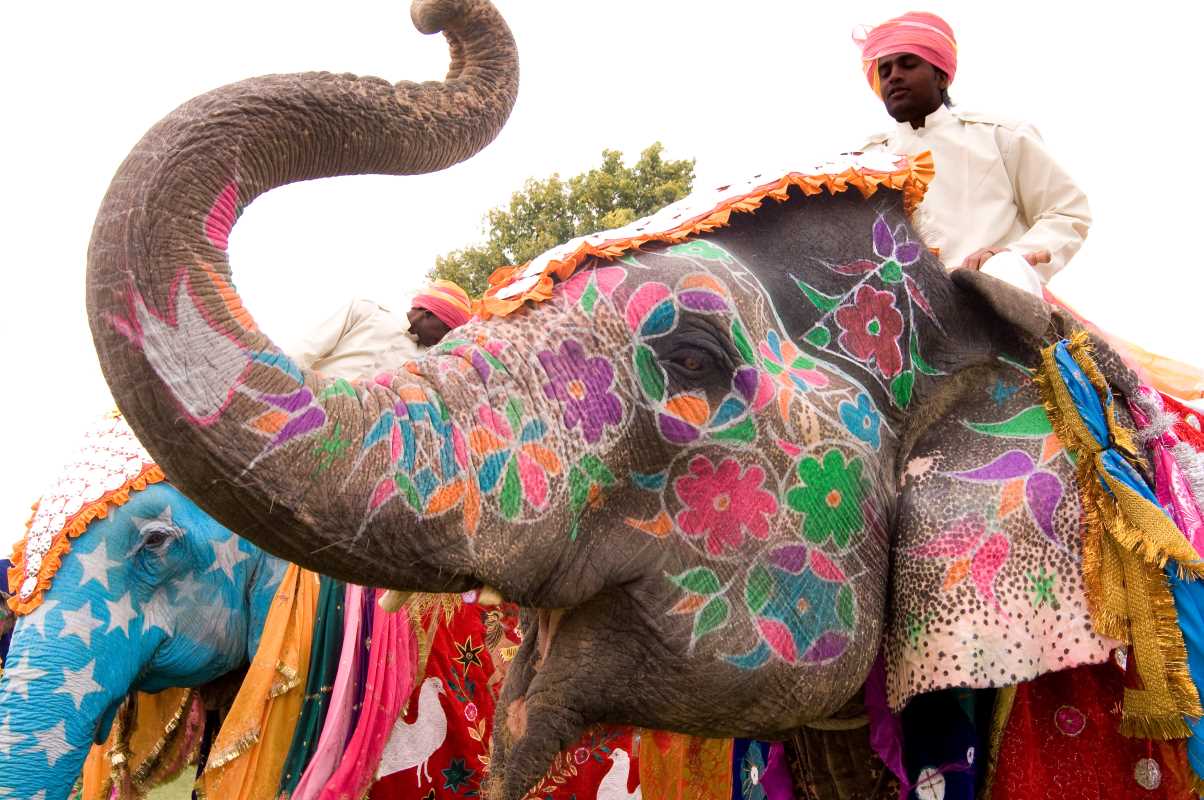The music industry is a constantly evolving landscape, shaped by the rise and fall of cultural trends, advancements in technology, and changing audience preferences. Inevitably, some music genres that once dominated the charts lose their mainstream appeal over time. These genres don’t entirely vanish, but their decline signals a shift in the tastes of listeners and the forces that drive the music industry forward. Let’s explore a few music genres that are experiencing a decline, the reasons behind their waning popularity, and the efforts to preserve or revive them.
Disco – The Fall of the Glitter Ball
Disco dominated the 1970s with its infectious beats, flashy outfits, and hedonistic energy. Artists like Donna Summer, the Bee Gees, and KC and the Sunshine Band filled dance floors with tracks engineered to make people move. It was more than a genre—it was a lifestyle mirrored in films like Saturday Night Fever. However, despite its initial popularity, disco faced backlash by the early 1980s.
- The “Disco Demolition Night” in 1979, where disco records were publicly destroyed during a baseball game in Chicago, symbolized the genre’s sharp decline.
- The backlash stemmed partly from oversaturation—disco was seemingly everywhere, from commercials to pop music’s biggest stars.
- Societal changes also played a role; the rise of punk and rock signaled a rejection of disco’s glamour and escapism.
While disco faded from the mainstream, its influence persists. Modern electronic dance music (EDM) and pop artists like Dua Lipa and Kylie Minogue incorporate disco elements into their work, breathing new life into the glittering legacy of the genre.
Grunge – The Soundtrack of a Generation, Fading with Time
Grunge roared out of the Seattle music scene in the late 1980s and early ’90s, marked by its raw, angst-filled sound and anti-establishment ethos. Bands like Nirvana, Pearl Jam, and Soundgarden became cultural icons, channeling the frustrations of Generation X. Grunge was not just about music; it was a movement defined by authenticity, flannel shirts, and a rejection of consumerism.
However, the genre’s meteoric rise also played a role in its decline. Record labels scrambled to commercialize grunge, leading to oversaturation and a loss of its underground credibility. The untimely deaths of Kurt Cobain and other prominent figures further stifled the scene, leaving a void that the genre never fully recovered from. Meanwhile, the rise of pop-driven alternative rock bands diluted grunge’s raw essence.
Today, elements of grunge still live on, but it’s more nostalgia-driven than a thriving cultural movement. Some modern bands, like Greta Van Fleet and Post Malone in his Nirvana Tribute, pay homage to the era, but grunge’s dominance seems to be a thing of the past.
Traditional Jazz – Struggling Against Modern Sounds
Jazz, often dubbed “America’s classical music,” holds a significant place in the history of sound. Artists like Louis Armstrong, Miles Davis, and Ella Fitzgerald defined generations with their improvisation, intricate melodies, and technical mastery. Yet, traditional jazz—the swing- and bebop-inspired sounds of mid-20th century—has gradually faded from the mainstream, unable to compete with newer genres.
- Cultural shifts to rock, pop, and hip-hop drew younger audiences away from jazz, while the genre’s complexity often alienated listeners seeking easy-to-grasp melodies.
- The rise of digital streaming also disadvantaged traditional jazz, as its long-form improvisations don’t fit neatly into today’s playlist culture.
That said, the jazz world is not without hope. Neo-jazz artists like Kamasi Washington and Esperanza Spalding are introducing fresh takes on jazz, blending it with elements from hip-hop, funk, and pop. Their work demonstrates that while traditional jazz may not return to its golden age, the genre is evolving in ways that resonate with modern listeners.
Glam Rock – Outshined by Modern Pop and Rock
Glam rock epitomized the theatrical side of music in the early 1970s, with artists like David Bowie, T. Rex, and Roxy Music leading the charge. Known for its over-the-top costumes, makeup, and catchy hooks, glam rock was both a musical and visual spectacle. Yet, by the mid-’70s, its sparkle began to fade.
The decline of glam rock stemmed from changing cultural dynamics. The gritty authenticity of punk emerged as a backlash to glam’s perceived excess. Meanwhile, the rise of arena rock and disco offered audiences new avenues of musical excitement. Glam’s influence, however, did not disappear. It re-emerged in the 1980s through hair metal bands such as Mötley Crüe and Bon Jovi, though this was more a rebrand than a revival of the original movement.
Today, artists like Harry Styles and Lady Gaga channel some of glam rock’s flamboyant essence in their performances, but the genre’s golden age remains firmly rooted in the past.
Bluegrass – Overshadowed by Contemporary Country
Bluegrass music, with its roots in Appalachia, holds a special place in the American musical tradition. Its twangy sound, fast string picking, and communal jamming made artists like Bill Monroe and Earl Scruggs household names within the genre. Yet, bluegrass has seen its popularity wane, particularly as modern country music leans toward polished, pop-influenced sounds.
Streaming trends and radio programming tend to favor catchy, mainstream country hits, leaving traditional genres like bluegrass to niche audiences. However, bands like Punch Brothers and artists like Billy Strings are working to preserve and modernize bluegrass. By blending traditional techniques with innovative approaches, they’re keeping the spirit of the genre alive for a new generation.
The Impact of Declining Genres
The decline of beloved music genres represents more than just a shift in entertainment—it reflects broader changes in cultural identity and industry dynamics. While some genres fade due to oversaturation or changes in taste, others are simply reshaped, their influences seeping into new styles of music. Even as these genres lose their mainstream footing, dedicated artists and fans often work to preserve their legacies, ensuring that the sounds of the past continue to inspire future generations.
Though not all music genres can enjoy eternal time in the spotlight, their echoes remind us that music is a living, breathing entity, constantly evolving but never losing sight of its roots.







